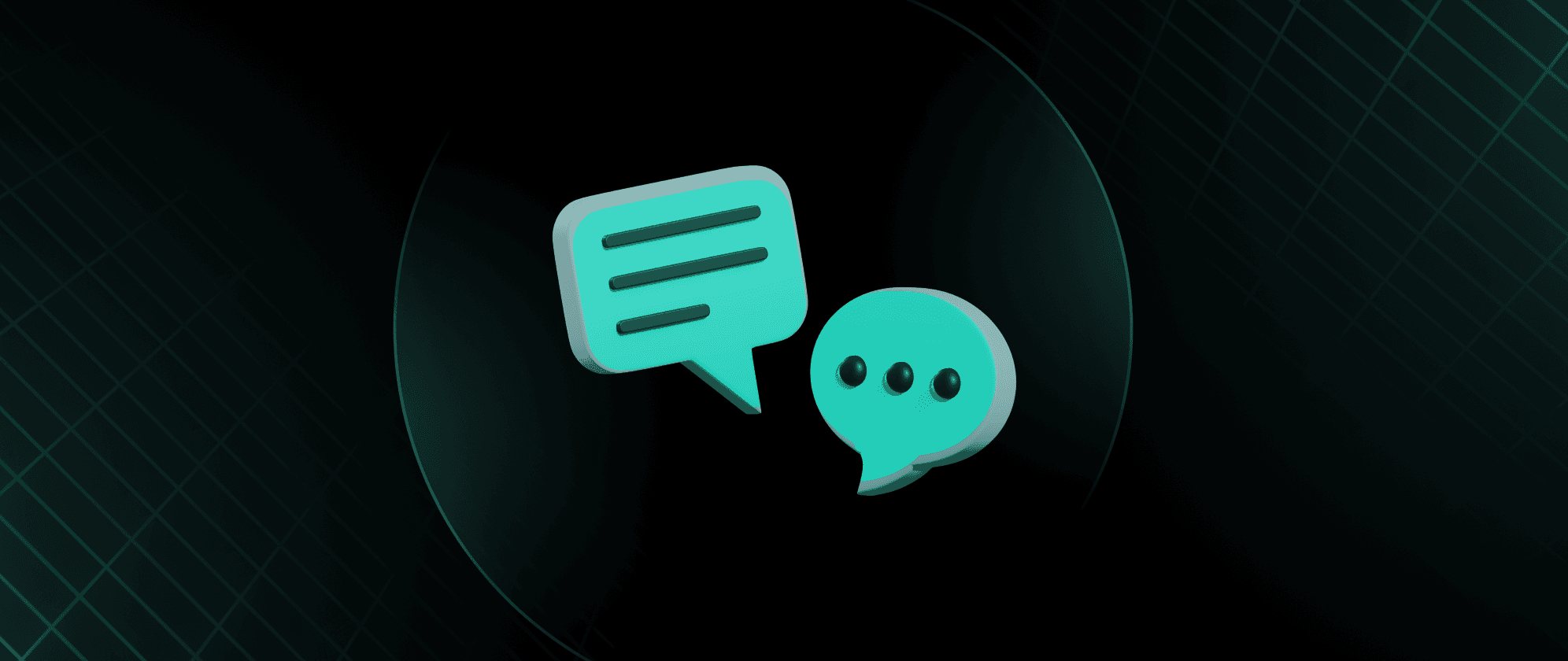Are you considering using ChatGPT for customer service? While this AI language model has many benefits, it's important to be aware of potential drawbacks as well. In this article, we'll explore the pros and cons of using ChatGPT for customer service and help you decide whether it's the right choice for your business.
Pros:
24/7 availability
Unlike human customer service agents, ChatGPT can be available 24/7, ensuring customers always have access to support.
Quick and efficient
ChatGPT can handle multiple customer inquiries simultaneously, making it a fast and efficient business option.
Lower cost
Using Chat GPT for customer service can be more cost-effective than hiring and training human agents.
Cons:
Limited personal touch
ChatGPT may lack the ability to provide a personalized touch that human agents can offer, potentially leading to lower customer satisfaction.
Less empathy
Chat GPT may struggle to display empathy or understanding towards customers, which can be a drawback in sensitive situations.
Language barriers
ChatGPT may not be as effective in handling complex or nuanced language barriers as human agents, leading to misunderstandings or frustrations.
Questions to ask yourself before using ChatGPT for customer service:
-What kind of inquiries and issues are your customers likely to have? Are they straightforward or complex?
-What level of personalization do you want to provide to your customers?
-Do you have the resources and expertise to implement Chat GPT effectively and ensure it's providing quality support?

Some ways to overcome the obstacles mentioned in the "Cons" section of the blog post:
Accuracy:
Use specific prompts: Providing specific prompts to ChatGPT can help it generate more accurate responses. For example, instead of asking a broad question like "What is life?", try asking "What are the characteristics of a living organism?"
Provide more context: Giving ChatGPT more context about the topic you are discussing can also improve its accuracy. Providing links to relevant articles or videos can help Chat GPT better understand the topic.
Bias:
Use diverse training data: Chat GPT's biases can be reduced by training it on diverse datasets that represent different perspectives and demographics. This can help ensure that ChatGPT's responses are not skewed towards a particular group or viewpoint.
Monitor ChatGPT's responses: Regularly reviewing the responses generated by ChatGPT and correcting any biased or inappropriate responses can help reduce the impact of bias.
Security:
Use secure channels: Using secure channels for communication with ChatGPT can help protect sensitive information. Using a trusted ChatGPT app like Nova, which implements security measures, can also help protect user data.
Implement user authentication: Implementing user authentication can prevent unauthorized access to ChatGPT and protect user data from being accessed or manipulated by malicious actors.
Human-like responses:
Set expectations: Communicating to users that they are interacting with a machine can help set expectations and reduce the risk of them developing inappropriate emotional attachments to Chat GPT.
Use clear language: Using clear language and avoiding vague or ambiguous responses can help reduce the chances of Chat GPT generating inappropriate or confusing responses.
In conclusion, Chat GPT can be a useful tool for businesses looking to provide efficient and cost-effective customer service. However, it's important to consider the potential limitations, such as a lack of personal touch and potential language barriers. By asking the right questions and assessing your business needs, you can make an informed decision about whether ChatGPT is the right choice for your customer service strategy. And don't forget, there are amazing ChatGPT-powered apps available, like Nova, that can help streamline the process!
